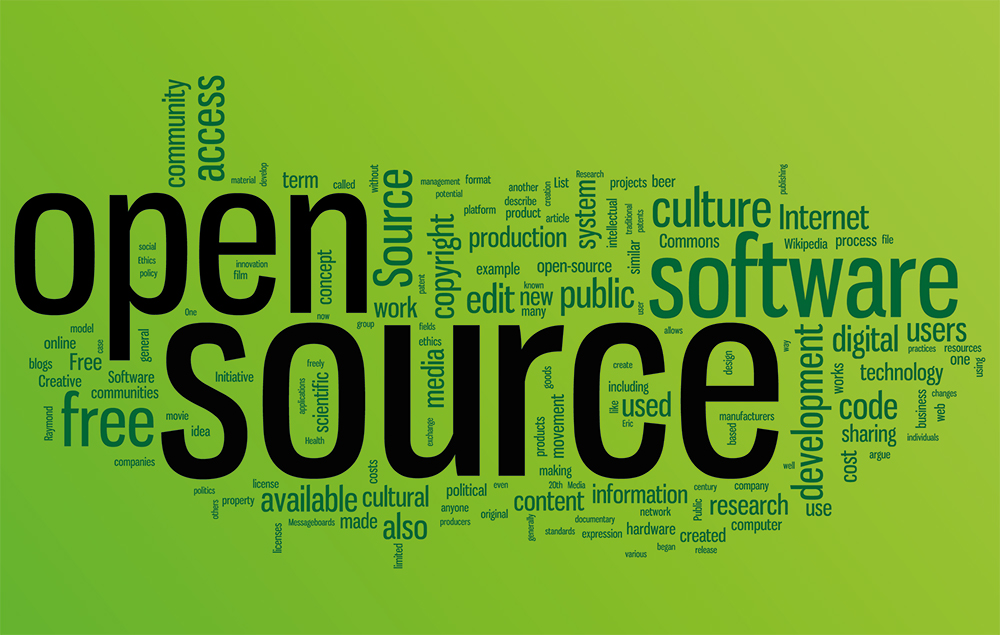
The ACTUS Financial Research Foundation is releasing open-source Algorithmic Contract Types Unified Standards (ACTUS) version 1.0, which will be available on GitHub.
ACTUS creates a standard for the mathematical representation of the payment obligations embodied in financial contracts, and seeks to provide the financial industry with a unified, machine-readable depiction of financial contracts for transaction-processing, analysis, and smart-contracts.
The combination of the ACTUS Data Dictionary, consisting of the standard definitions of the collection of data elements and terms used by financial contracts, and the defined set of Contract Type algorithms that generate predicted cash flows using the current state of these contract terms, allows ACTUS to provide a foundational platform for an effective regtech technology.
According to Allan Mendelowitz, president of ACTUS, “Finance is best represented in numbers, equations, and algorithms. Banks have to look at how much they pay and receive from each party. But is there a standard way to represent that contract? When the analysts try to look into it, it can get fairly complicated, because there’s no standard balance sheet. Financial analysis starts at the granular level.”
Jefferson Braswell, chair of the board of governors at the ACTUS Financial Research Foundation, adds, “Using many of the rule-based and functional techniques that have previously been applied only to static financial statements and accounting snapshots, the complete set of scenario-dependent, cashflow forecasts of the actual contracts on a financial institution’s balance sheet produced by ACTUS can be used to source and derive a majority of regulatory reports—and which now have a robust, granular, and forward-looking data to draw upon.”
He goes on: “Applying ACTUS in this fashion greatly reduces the redundant efforts and costs that are currently involved when complying with the large number of different regulatory reporting requirements today, and it greatly increases the efficiency and adaptability of responding to future regulatory requirements.”
Subscribe to our newsletter




